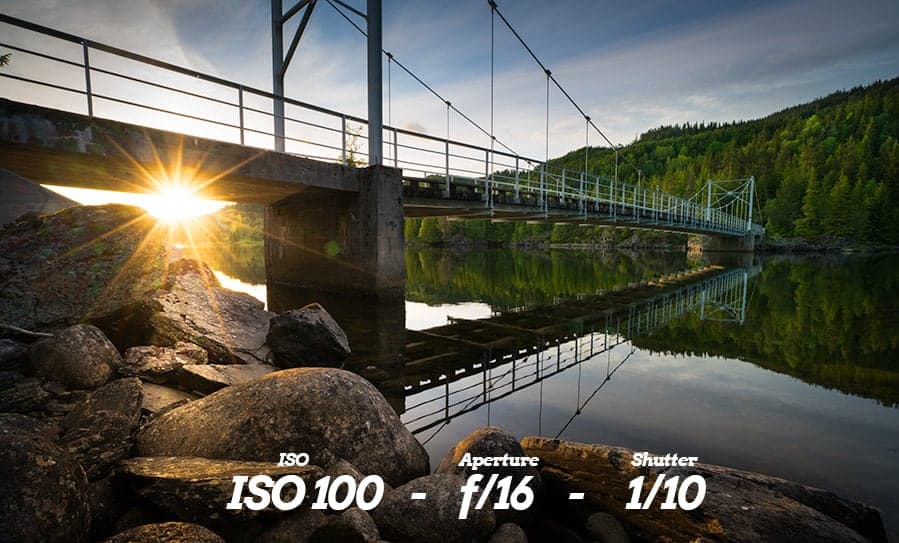Questions to Ask When Choosing ISO
※ Download: What is iso on camera
A full frame dSLR camera hardly has any noise at high ISO levels. Here is the proof: Look at the difference between 80 and 1600 ISO in these photos. Most people found visible grain objectionable and so photographers worked to avoid it when possible.

In a nutshell, high ISO allows you to shoot at faster shutter speeds, smaller apertures, or in darker conditions. In practice, there are often variations in the accuracy of ISO settings between different camera models.

What Is ISO and How to Use It in 4 Simple Steps - If you don't have a lot of light, or need a fast shutter speed, you would probably raise the ISO. This is usually buried in the menus on compact cameras, and most digital SLRs have a dedicated button for the setting.
The letters ISO on your digital SLR camera refers to film speed. Even though your camera is most likely not film at all, but rather digital, the ISO camera setting still has the same function as older film cameras. ISO determines how sensitive the image sensor is to light. Common ISO camera settings The most common ISO camera speed settings are: 100, 200, 400 and 800. Depending on your digital camera model you may also have them in the range of 64, 100, 160, 200, 400, 640, 800, 1600 and higher. You can see what the ISO setting is by looking at the rear LCD screen or top menu depending your model. The example image on the left is similar to most SLR digital cameras. As you can see by the example on the right, the ISO in this case is set at 100. The lower the ISO number, the slower the speed. The higher the ISO number, for example 1600 the faster the speed. Another alternative is to put your camera on a tripod and use a much lower ISO with a longer exposure. This is the recommended method for landscape night shots. How does ISO speed affect the photograph? If you set your digital camera to a low ISO, for example 100, the resulting photograph will be better quality than one set at 1600. The higher the ISO the more grainy the photo will look. Therefore go for a low ISO number whenever possible. However there are circumstances where a lower quality photograph is better than none at all. For example taking photographs of fish in a dark aquarium would normally be out of range for most point and shoot cameras. As you can see by the image below, setting my DSLR camera to a high 1600 ISO made this task possible. Otherwise there would not have been enough light let in to the sensor and the image would have turned out totally black. Of course I could have chosen a lower ISO camera setting and used the in built flash. However this would have resulted in unwanted flash glare bouncing off the glass. With this in mind a higher ISO say 800 is also recommended if you want to take photographs of people inside in the evening without using a flash. How to change your digital SLR camera ISO setting? Note: When your digital SLR camera is in automatic mode, the ISO speed is chosen for you to suit the level of light available at that particular time. Program mode — Also referred to as ISO mode A mode I photograph in quite often is called Program AE. With Program AE you can choose the ISO you wish to photograph with and the digital camera with set the shutter speed and aperture exposure automatically to suit. I like to think of it as being similar to an ISO priority option. To use Program AE change your mode dial to P, like the example image on the right. Like anything new, it just takes practice.
Note: Shutter speed values are not always possible in increments of exactly double or half another shutter speed, but they're always close enough that the difference is negligible. In very basic terms, ISO is simply a camera setting that will brighten or darken a photo. It's my training video that will walk you how to use your camera's functions in just 10 minutes - for free. HI, earlier this week I tried to take pictures of my family during a flower event, and the background and the faces would be not as sharp as I want it to be, even after I focused onto the face and changed the Aperture so that the faces stood out. As you may have noticed by now, nothing affects the exposure in one single way. Thanks for sharing your jewels of wisdom. As you can see, the higher the number, the stronger the noise becomes. However, several variables affect this. All of this means photographers are constantly doing a balancing act.



